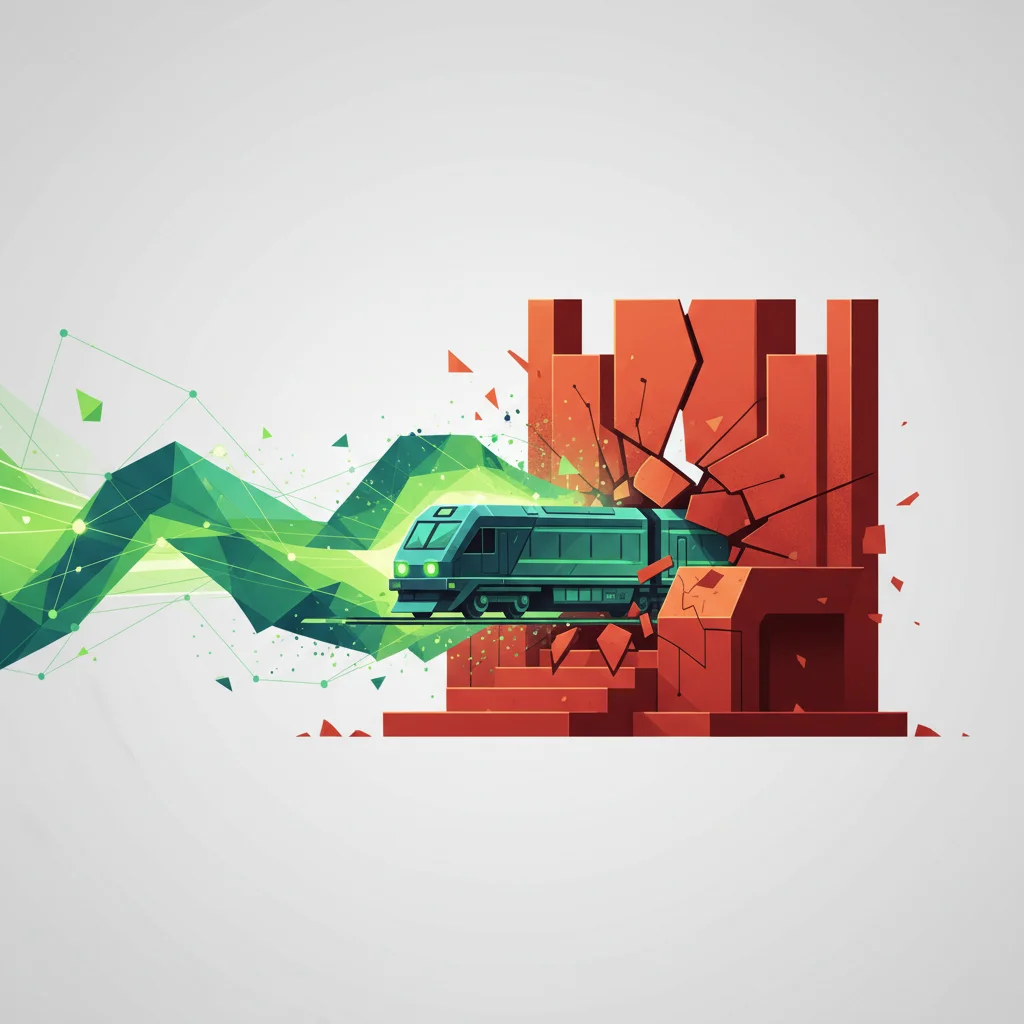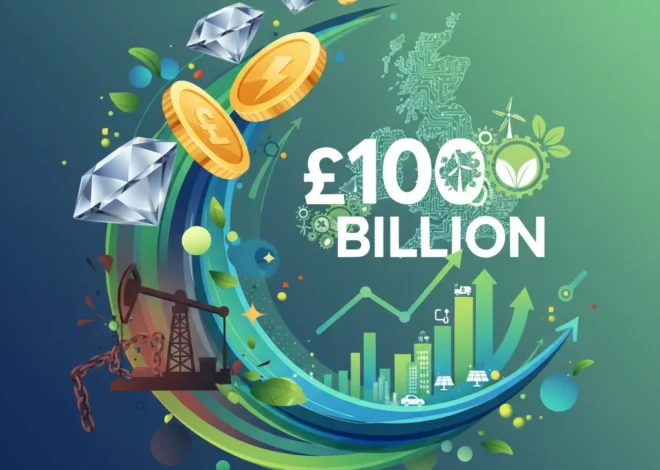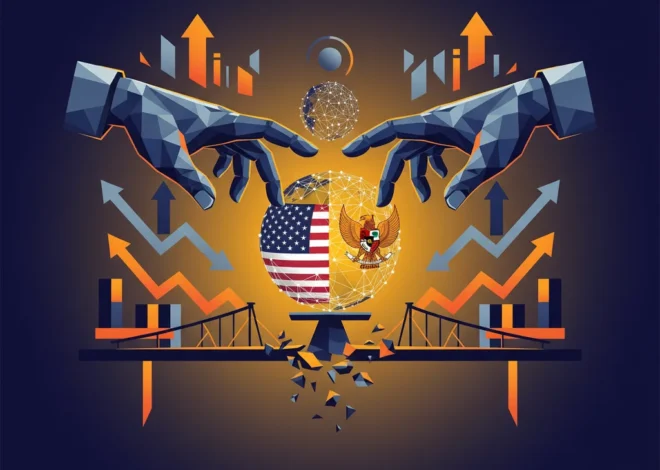
The Green Steel Shockwave: Is Australia’s $160bn Iron Ore Empire Facing a ‘Freight Train’ of Change?
The End of an Era? Australia’s Iron Throne is Under Siege
For decades, Australia’s Pilbara region has been the undisputed king of the global iron ore market. Its vast, rust-red landscapes have served as the engine room for global industrialization, shipping billions of tonnes of ore to fuel the blast furnaces of Asia and beyond. This dominance has been a bedrock of the Australian economy, a seemingly unshakable pillar of its prosperity. But a tectonic shift is underway, and as one mining executive warned, the resource-rich Pilbara is “standing in front of a freight train” (source).
This isn’t a cyclical downturn or a temporary blip in commodity prices. This is a fundamental challenge driven by two powerful, converging forces: the global race to decarbonize steel production and the awakening of a colossal mining rival in Africa. For investors, finance professionals, and business leaders, the implications are profound. The very chemistry of steelmaking is changing, and with it, the geography of power in the global resources market. The question is no longer *if* Australia’s iron ore dominance will be challenged, but how severe the impact will be and how the industry can possibly adapt.
The Green Steel Revolution: Why Old Ore Won’t Cut It
The core of the problem lies in the carbon-intensive nature of traditional steelmaking. For over a century, the Blast Furnace-Basic Oxygen Furnace (BF-BOF) method has been the global standard. This process involves coking coal to smelt iron ore, releasing massive amounts of carbon dioxide in the process—accounting for an estimated 7-9% of all global emissions (source). As the world pivots towards a net-zero future, this model is becoming untenable.
Enter “green steel.” The leading alternative is the Direct Reduced Iron-Electric Arc Furnace (DRI-EAF) process. This method can use natural gas or, crucially, green hydrogen as a “reductant” instead of coal, dramatically slashing emissions. However, there’s a critical catch: the DRI process requires very high-grade iron ore, typically with an iron (Fe) content above 67%. Impurities in lower-grade ore can disrupt the chemical reactions and make the process inefficient and uneconomical.
This is where Australia’s vulnerability becomes stark. The Pilbara’s vast deposits are primarily medium-grade, averaging between 58% and 62% Fe. While perfect for the forgiving nature of traditional blast furnaces, this ore is simply not suitable for the green steel technologies of tomorrow. The industry is facing a paradigm shift where its greatest asset—quantity—is being overshadowed by a new demand for quality.
To understand the fundamental differences, consider this comparison of the old and new steelmaking technologies:
| Feature | Traditional Steel (BF-BOF) | Green Steel (DRI-EAF) |
|---|---|---|
| Primary Fuel | Coking Coal | Natural Gas / Green Hydrogen |
| Required Iron Ore Grade | Flexible (accommodates lower/medium grades) | Very High Grade (>67% Fe content) |
| Primary Emission | Carbon Dioxide (CO2) | Water (H2O) if using green hydrogen |
| Suitability of Australian Ore | Excellent | Poor / Unsuitable without extensive processing |
Geopolitical Tremors: How Middle East Tensions Could Shake the Global Economy and Your Portfolio
The African Challenger: Guinea’s Simandou Juggernaut
If the demand-side shift to green steel wasn’t enough, a supply-side giant is stirring. For decades, the Simandou mountain range in Guinea has been known to hold the world’s largest untapped reserves of high-grade iron ore. Its ore is a steelmaker’s dream, boasting an average Fe content of over 65%, perfect for the DRI process. For years, political instability and a lack of infrastructure kept this treasure locked away. That is now changing—fast.
A consortium including the Guinean government, mining giant Rio Tinto, and several powerful Chinese corporations is pushing the project forward. They are building a 670km trans-Guinean railway and a deepwater port to bring this premium ore to the global market. According to reports, once operational, Simandou could initially produce 120 million tonnes per year (source), directly competing with Australia’s exports but for a higher-value, future-proofed segment of the market.
The geopolitical and stock market implications are immense. China, the world’s largest steel producer and Australia’s biggest customer, is a key partner in developing Simandou. This move diversifies its supply chain away from Australia, giving it significant leverage in an often-tense trade relationship. For mining majors like BHP and Fortescue, whose valuations are heavily tied to their Pilbara assets, the emergence of a low-cost, high-grade competitor presents a long-term threat to profitability and market share.
The Investor's Palette: Deconstructing the Formula for Financial Success
Navigating the Fallout: Implications for Finance, Investing, and Technology
The collision of these forces will create ripples across the financial world. The structural shift in the iron ore market is not just a problem for miners; it’s a critical issue for the entire Australian economy, global supply chains, and anyone involved in commodity trading.
For Australia, the stakes couldn’t be higher. Iron ore is its single most valuable export, a critical source of government revenue and a key driver of its currency’s value. A structural decline in demand or price for its specific grade of ore could have severe macroeconomic consequences, impacting everything from national budgets to the banking sector.
Investors must now re-evaluate their exposure to the sector. The traditional calculus of simply betting on volume and Chinese demand is obsolete. The key questions now are:
- Which companies have credible strategies to either find new high-grade deposits or invest in costly “beneficiation” technology to upgrade their existing ore?
- How will the market price the political and operational risks of Simandou versus the technological risk facing Australian producers?
- What is the timeline for the green steel transition, and how quickly will demand for lower-grade ore begin to permanently decline?
This disruption also opens doors for innovation, where financial technology and other tech sectors could play a role. For instance, the need for provenance and ESG compliance in “green” materials is a perfect use case for blockchain technology. A transparent, immutable ledger could track ore from a certified low-impact mine, through a green hydrogen-powered steel mill, and into a final product, creating a premium “green iron” or “green steel” certificate. Furthermore, the massive capital required for this transition will necessitate new financing models, an area where fintech platforms could disrupt traditional project finance.
The Great London Exodus: A Demographic Time Bomb for the UK Economy?
The Freight Train is Coming
The warning of a “freight train” is not hyperbole. It’s an apt description of a powerful, fast-moving, and transformative force that is on a collision course with the status quo. The era of simply digging up and shipping medium-grade iron ore in ever-increasing volumes is drawing to a close. The future of the steel industry—and the iron ore that feeds it—will be defined by decarbonization, quality, and technological innovation.
For Australia, this is a defining moment. It can either watch as the train of progress barrels past, leaving its core industry stranded, or it can attempt the monumental task of laying new tracks. This will involve billions in investment, a radical shift in strategy, and a national-level acknowledgment that the foundations of its economic prosperity are being fundamentally reshaped. For investors and global observers, the message is clear: the race for the future of iron is on, and the old winners are not guaranteed a place on the podium.


